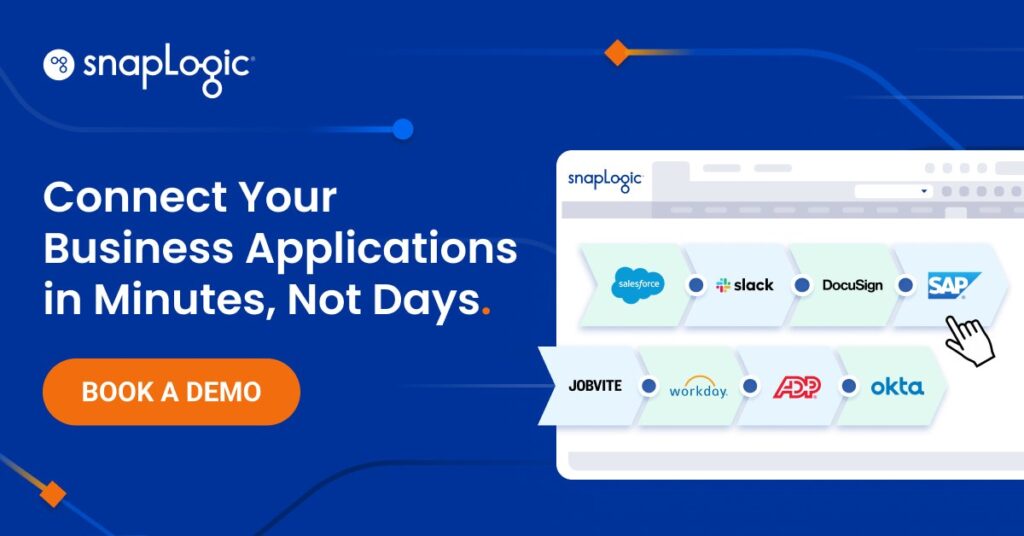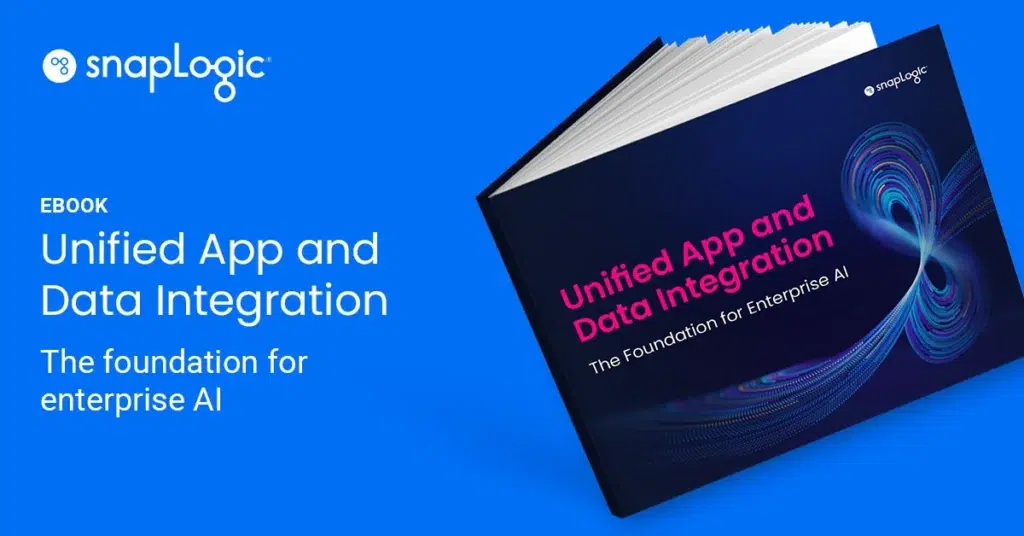What is a transactional database?
A transactional database is a vital component of Database Management Systems (DBMS) tailored to efficiently handle high transaction volumes, including record insertion, updating, and deletion. This entry delves into the key characteristics of transactional databases, exploring their architecture and highlighting their pivotal role in maintaining data integrity.
Key characteristics
1. ACID properties
Transactional databases adhere to the ACID properties – Atomicity, Consistency, Isolation, and Durability. These properties ensure the reliability and integrity of every transaction, guaranteeing that they are treated as single, indivisible units.
2. High throughput
Recognized for their capacity to handle a substantial number of transactions simultaneously, transactional databases prioritize high throughput, making them suitable for scenarios requiring rapid and concurrent data processing.
3. Data integrity
Ensuring the accuracy and consistency of data throughout its lifecycle is a hallmark of transactional databases. Robust mechanisms are in place to maintain the integrity of data even in the face of concurrent transactions.
Why is a transactional database important?
The significance of a transactional database lies in its ability to:
1. Enable real-time processing
Transactional databases facilitate real-time transaction processing, a critical capability for applications like online banking where immediate and accurate data updates are imperative.
2. Provide data security
Robust security measures are embedded in transactional databases to safeguard sensitive transactional data, ensuring that unauthorized access is thwarted.
3. Enhance operational efficiency
By streamlining business operations through fast and reliable transaction processing, transactional databases contribute to operational efficiency, supporting seamless day-to-day activities.
Transactional database and data warehousing
A transactional database is often contrasted with data warehousing as they serve different data management needs. While transactional databases excel in processing and managing high-volume transactions with a focus on data integrity, data warehousing is optimized for complex analytics, reporting, and historical data storage.
Explore how SnapLogic’s iPaaS seamlessly integrates with transactional databases, offering a unified platform for data integration, automation, and connectivity.









